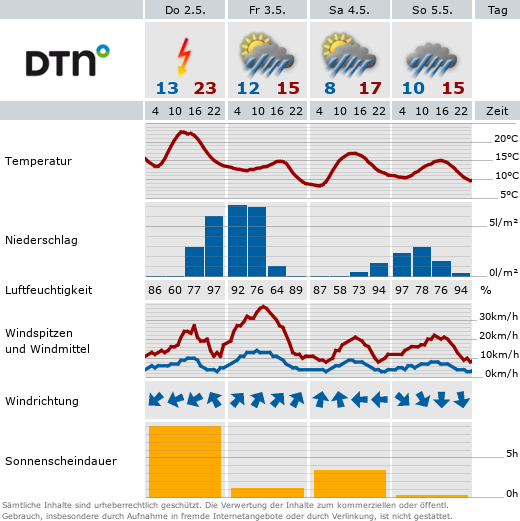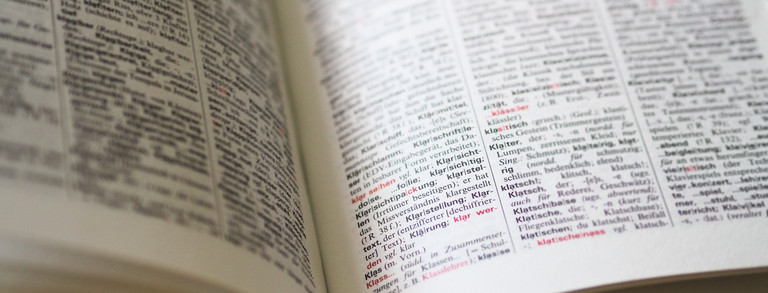Drag (noun)
Drag is a highly diverse, ambivalent, cultural form that can only be outlined here. Drag can be both an expression of personal identity and an artistic performance. For some, drag is inherently political; for others, it is a visual, performative art form.
In the broadest sense, drag is a performance of gender and physicality. Gender is brought forth in interaction with others, drawing on a range of cues: Names, pronouns, clothing, voice pitch, gestures, facial expressions, postures, and behaviors are gender cues that are rehearsed through socialization. Drag artists are aware of this process of interactive gender production and use various gender-coded cues - e.g. beards, clothes, makeup, etc. - to produce and portray a particular drag character in whose role they slip. Drag queens, for example, perform or parody femininity. They are mostly people who were assigned male at birth. Drag Kings, on the other hand, represent or parody masculinity. Drag Kings are mostly, but not exclusively, people who were assigned female at birth.
In addition to the classic drag kings and drag queens, drag can also go beyond the staging of gender and sometimes includes bizarre body shapes that are not limited to the human species. By blurring the boundaries between human bodies, technology, animals, plants, or fictional species, body performances allow for breaches with the familiar. Exemplary of this are artistic forms such as alien drag, cyber drag, and xeno drag.
Although drag has a subversive potential, it does not necessarily have to be subversive.
On the one hand, drag was a space where gender norms could be challenged and the cultural construction of gender could be exposed by playing with gender codes, long before contemporary feminist movements. On the other hand, despite all political claims, drag is not free of power structures and can reproduce normative forms of gender or appropriate racist and sexist forms. Drag scenes are not always inclusive. For example, it has been suggested from Black and white feminist perspectives that a parodied performance of femininity by drag queens may not at always represent an act of identification and solidarity with women, but can be accompanied by policing and evaluating of femininity.
Drag goes back to a long, global history. In countries of the global north such as the United States and Germany, drag is inextricably linked to the resistant history of ⇒ LGBTTIAQ+ communities of color, travesty, ballroom culture, Trümmer- und Polittunten, lesbian bar scenes, and queer human rights movements in particular.
Last updated: April 2025
Sources (in German)
- Allure (2018): RuPaul’s Drag Race‘ Cast Explains The History of Drag Culture. Youtube. Last accessed 25.04.2025.
- Butler, Judith (1997): Körper von Gewicht – Die diskursiven Grenzen des Geschlechts. Suhrkamp. (Chapter 4)
- Deron, Bernadette (2018): The Evolution Of The Art Of Drag in 33 Stunning, Historical Images. all that’s interesting. Last accessed 25.04.2025.
- Frye, Marilyn (1983): The Politics of Reality. Crossing Press.
- Hark, Sabine & Hanna Meißner (2018): Geschlechterverhältnisse und die (Un-)Möglichkeit geschlechtlicher Vielfalt. In: Dossier Geschlechtliche Vielfalt – trans*, Bundeszentrale für politische Bildung. Last accessed 25.04.2025.
- hooks, bell (1992): Black Looks – Race and Representation. South End Press, Boston. (Chapter 9)
- Mize (2018): 138 Jahre Drag-Geschichte. Queer.de. Last accessed 25.04.2025.
- Sauer, Arn (2018): Drag King. LSBTIQ-Lexikon. Grundständig überarbeitete Lizenzausgabe des Glossars des Netzwerkes Trans*Inter*Sektionalität. Bundeszentrale für politische Bildung, Bonn. Last accessed 25.04.2025.
- Sauer, Arn (2018): Drag Queen. LSBTIQ-Lexikon. Grundständig überarbeitete Lizenzausgabe des Glossars des Netzwerkes Trans*Inter*Sektionalität. Bundeszentrale für politische Bildung, Bonn. Last accessed 25.04.2025.
- Schröder, Frank (2018): In Zukunft ist Schönheit genderneutral – Drag Artist HUNGRY im Interview. Qiio Magazin. Last accessed 25.04.2025.
- Travestie für Deutschland. Kampagnen. Last accessed 22.05.2020.
Das Glossar soll sich im gegenseitigen Austausch mit Leser*innen weiterentwickeln.
Wir stellen regelmäßig unter dem #klargestellt die Definition eines Begriffs zur Diskussion. Sie haben Fragen oder Anregungen? Diskutieren Sie mit und tragen Sie zu einem besseren Verständnis der Begriffe bei! Wir freuen uns über Ihre Rückmeldungen an: shk.gleichstellungtu-dortmundde






